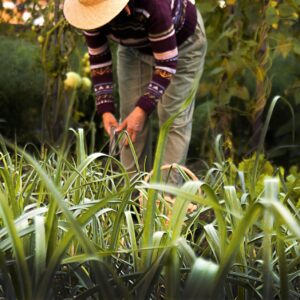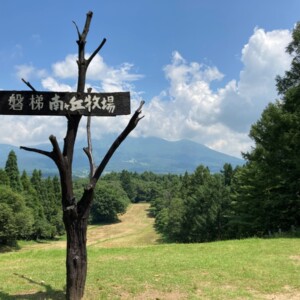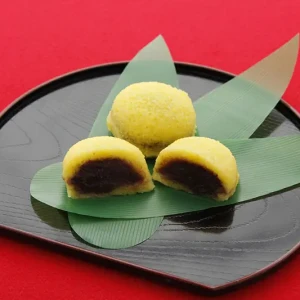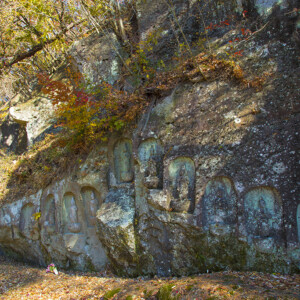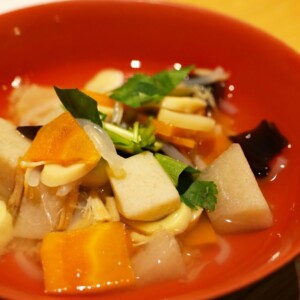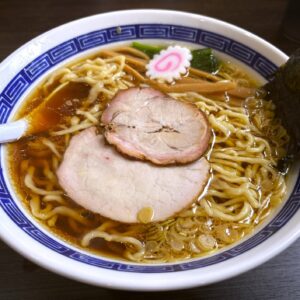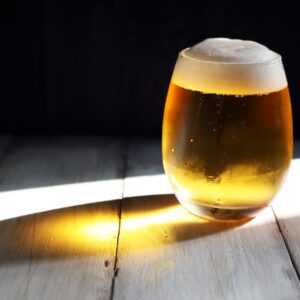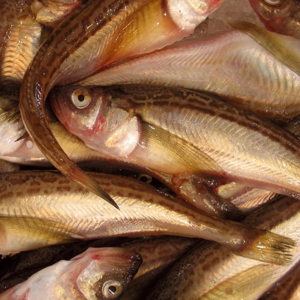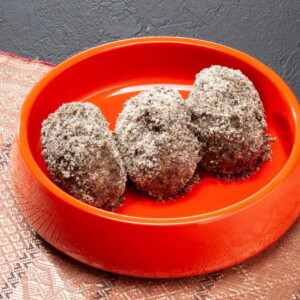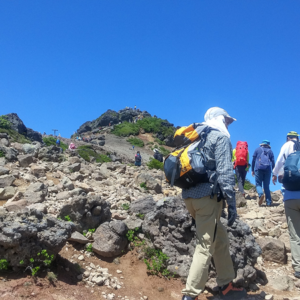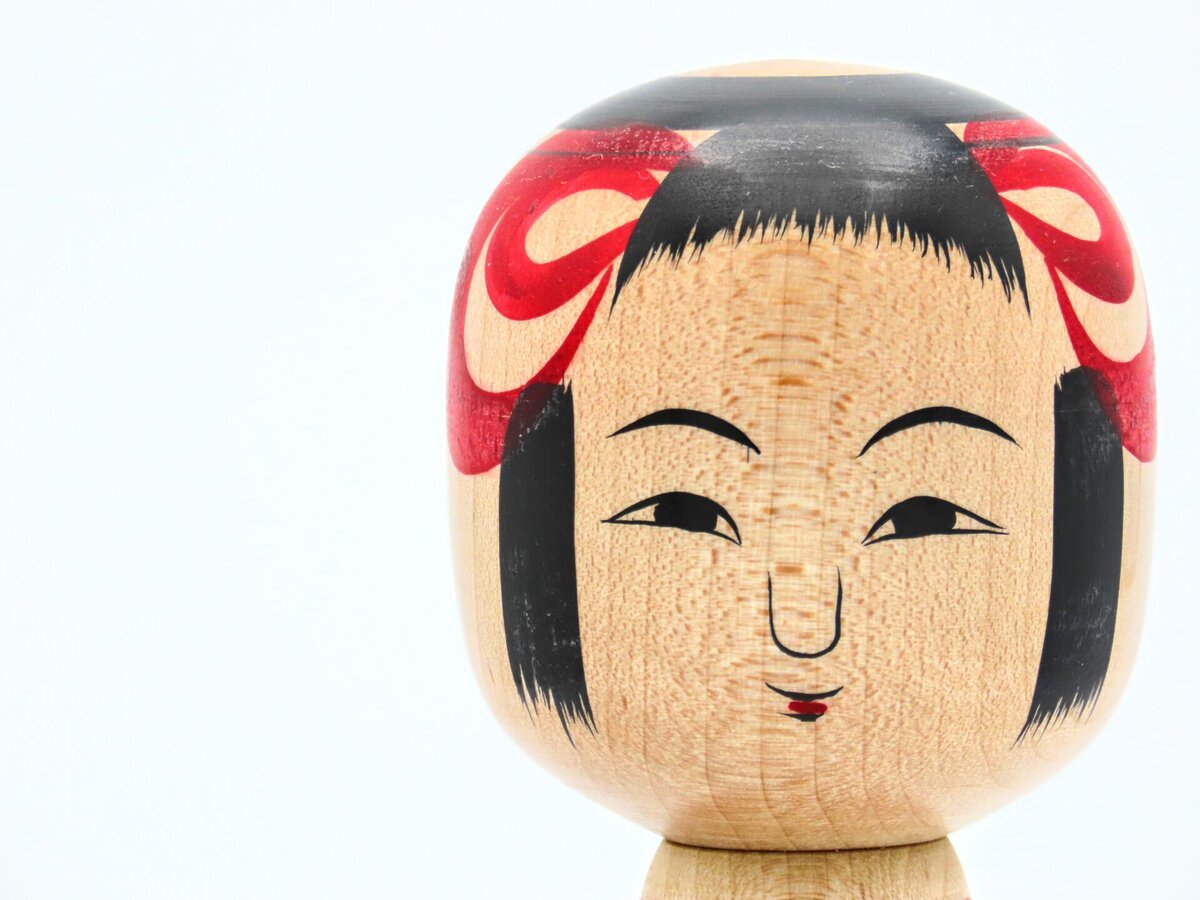
Tsuchiyu Kokeshi – Traditional kokeshi dolls originating from Tsuchiyu Onsen, one of the three major birthplaces of kokeshi in the Tohoku region [Fukushima Prefecture]
table of contents
Kokeshi dolls are one of the traditional crafts representing the Tohoku region .
It is a craft that has spread over a fairly wide area, with at least one unique lineage existing in every prefecture in Tohoku.
we will take a closer look at "Tsuchyu Kokeshi," which developed mainly around Tsuchiyu Onsen in Fukushima Prefecture
What is Kokeshi?
Kokeshi dolls are made by craftsmen called kijishi who lived mainly in mountain villages and 's wheel to make bowls and trays for a living. It is a wooden toy that was made to be sold as a souvenir to tourists in hot spring resorts.
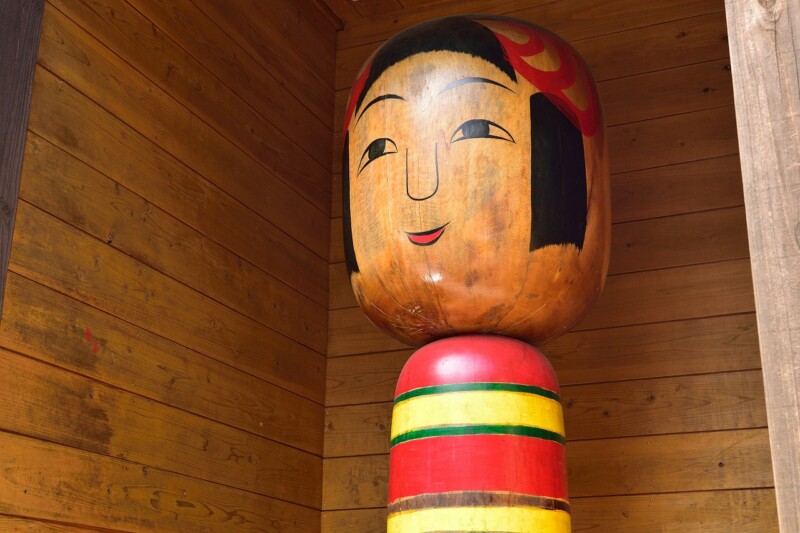
It is said to have originated around the end of the Edo period, and is generally divided into the following 12 strains based on production area and characteristics.
- Tsugaru type (around Hirosaki City and Kuroishi City, Aomori Prefecture)
- Southern type (around Hanamaki City, Iwate Prefecture)
- Kiji Mountain Range (around Yuzawa City, Akita Prefecture)
- Naruko type (around Naruko Onsen, Osaki City, Miyagi Prefecture)
- Sakunami system (around Sakunami Onsen, Sendai City, Miyagi Prefecture)
- Togatta system (around Togatta Onsen, Zao Town, Katta District, Miyagi Prefecture)
- Yajiro type (around Kamasaki Onsen, Shiroishi City, Miyagi Prefecture)
- Hijiori series (around Hijiori Onsen, Okura Village, Mogami District, Yamagata Prefecture)
- Yamagata series (around Yamagata City, Yamagata Prefecture)
- Zao Takayu system (around Zao Onsen, Yamagata City, Yamagata Prefecture)
- Tsuchiyu system (around Tsuchiyu Onsen, Fukushima City, Fukushima Prefecture)
- Nakanosawa series (around Nakanosawa Onsen, Inawashiro-cho, Yama-gun, Fukushima Prefecture)
Various names and their origins
Kokeshi dolls have many other names, including , Dekoroko , Kogesu , Kiboko , Kogehoko , Kinakinabokko , Odekosama
Where did the name "kokeshi" originally come from? There are various theories about this,
- Transformation of the pest control toy to prevent epidemics
- Changes in burnt (piece of wood) cheeks (doll)
- Koge (wood cutting) meaning of shi (child)
- The accent of a small doll called okeshi that was popular in the Edo period.
There are multiple theories such as. Each theory has a certain level of persuasive power, and the aliases mentioned above are thought to have evolved by adding local accents to the names based on their respective origins.
In this way, Kokeshi dolls were called by completely different names in various places, but in 1940 (Showa 15), Kokeshi craftsmen and enthusiasts attended the ``1st Local Gathering - Naruko Festival'' A number of people related to the festival got together and decided to unify the word ``kokeshi'' into three hiragana letters, and from then on it has been called ``kokeshi'' in all regions.
Tsuchiyu-style Kokeshi dolls developed in Tsuchiyu Onsen
Tsuchiyu style kokeshi one of the 12 styles, and developed around Tsuchiyu Onsen in Fukushima City, Fukushima Prefecture .
Tsuchiyu Onsen is said to be one of the three major birthplaces of Kokeshi dolls, along with Togatta and Naruko in Miyagi Prefecture, and there are three theories about its origins
- One theory is that when Gamo Ujisato was transferred to Aizu in 1591, he brought five woodworkers from Omi with him
- One theory is that Masayuki Hoshina, who was transferred from Takato, Shinshu to Aizu in 1634, brought woodworkers with him
- One theory is that it was brought to Takamori village by a woodcarver in Aizu before that
There are several theories, but no one knows for sure
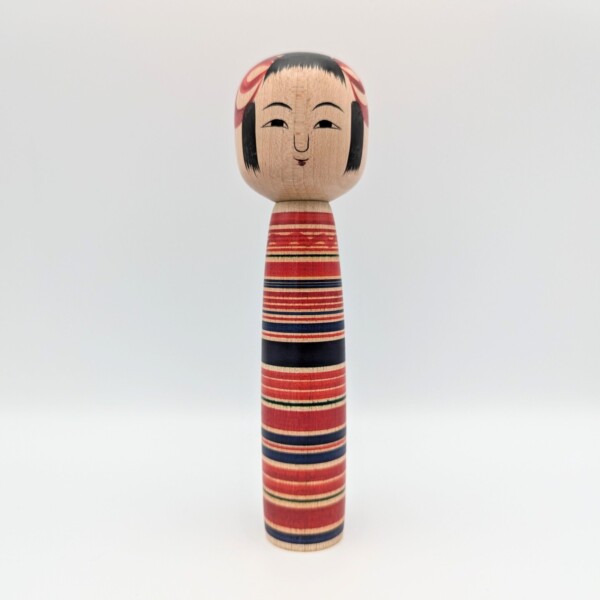
Tsuchiyu-style kokeshi dolls a black ring called a "snake eye" "kase" , and the body is decorated with beautiful lathe-turned patterns in red, yellow, and green.
Another feature is that the head is fitted into the body, so when you turn the neck, it makes a squeaking sound, just like a Naruko-style kokeshi
Tsuchiyu Onsenkyo, the birthplace of Tsuchiyu Kokeshi dolls
Tsuchiyu Onsen is located in Fukushima City, Fukushima Prefecture, along National Route 115, which connects Fukushima City and Inawashiro Town, a road formerly known as the Aizu Kaido (Tsuchyu Kaido).It is a hot spring resort with a history of over 1,400 years, and also served as a post town.
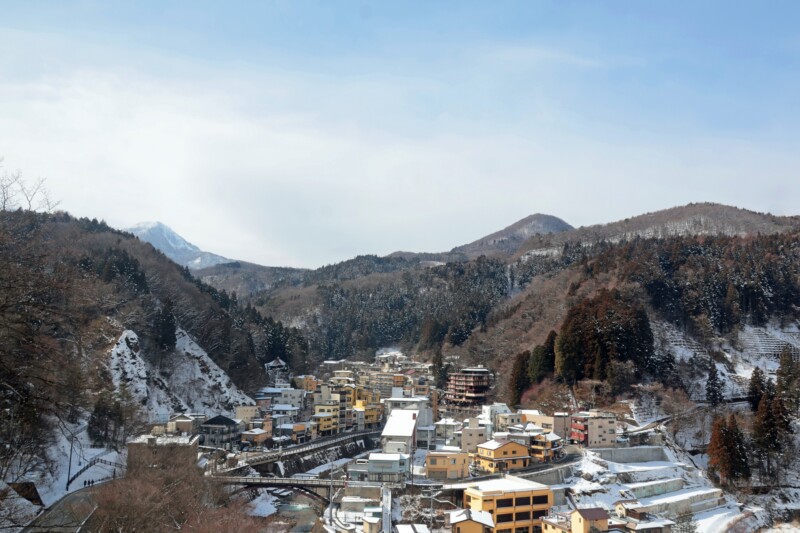
The name "Tsuchyu" comes from the legend of the hot springs that were discovered here. Long ago, when Oanamuchi-no-Mikoto poked the bank of the Arakawa River with his spear, hot water gushed forth, giving the hot spring the name "Tsukiyu," and it is said that this "Tsukiyu" (thrust bath) evolved into "Tsuchiyu."
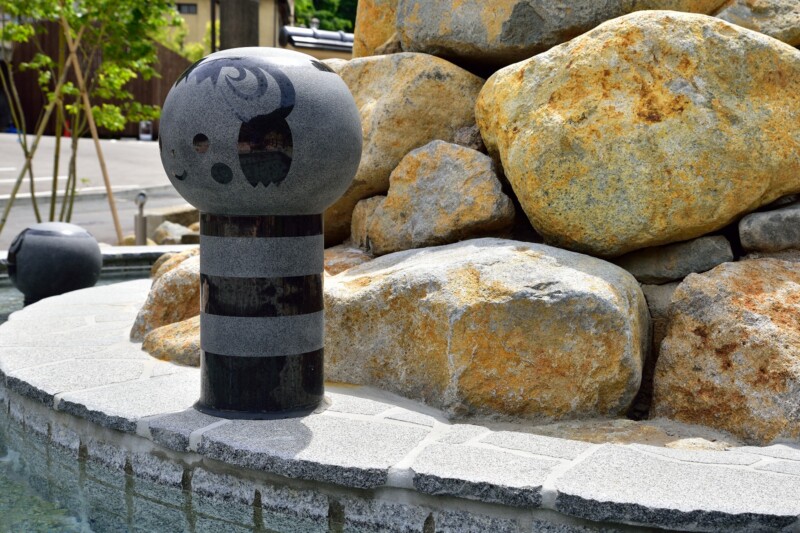
Tsuchiyu Onsen is famous as one of Fukushima Prefecture's leading hot spring resorts, but the number of tourists has decreased since the Great East Japan Earthquake in 2011. At this time, the hot spring resort's mascot character, "Kibokko-chan," modeled after the Tsuchiyu Kokeshi doll, was born
Kibokko-chan, who is set to be a girl born on December 7th, has since been in charge of public relations activities for Tsuchiyu Onsen as a promotional beauty
Tsuchiyu Onsenkyo <Information>
- Name: Tsuchiyu Onsenkyo
- Address: 1 Kaminomachi, Tsuchiyu Onsen-cho, Fukushima City, Fukushima Prefecture, 960-2157
- Phone number: 024-595-2217 (Tsuchyu Onsen Tourism Association)
- Official URL: https://www.tcy.jp/














![Kijiyama Kokeshi - Akita Traditional Kokeshi with a distinctive expression that gives you a sense of sorrow [Akita Prefecture] Kijiyama Kokeshi's expression](https://jp.neft.asia/wp-content/uploads/2025/01/IMG_1792-150x150.jpg)
![Nakanosawa Kokeshi - Traditional Kokeshi that has evolved after breaking from the reputation of being a "part of the Doyu" [Fukushima Prefecture] Nakanosawa Kokeshi's expression](https://jp.neft.asia/wp-content/uploads/2024/10/IMG_1785-150x150.jpg)
![Togata Kokeshi - Traditional Kokeshi developed at Togata Onsen in Miyagi Zao [Miyagi Prefecture] Togata Kokeshi's expression](https://jp.neft.asia/wp-content/uploads/2024/09/IMG_1784-150x150.jpg)
![Yajiro Kokeshi - Traditional Kokeshi developed around Kamasaki Onsen, the home of the Shiraishi Katakura family [Miyagi Prefecture] Yajiro Kokeshi's expression](https://jp.neft.asia/wp-content/uploads/2024/09/IMG_1801-150x150.jpg)
![Naruko Kokeshi - Traditional Kokeshi developed at Naruko Onsen, the three famous hot springs in Oshu in Miyagi [Miyagi Prefecture] Naruko Kokeshi's expression](https://jp.neft.asia/wp-content/uploads/2024/10/IMG_1783-150x150.jpg)
![Nanbu Kokeshi - A slightly unusual traditional kokeshi with a distinctive characteristic [Iwate Prefecture] The expression of the southern kokeshi](https://jp.neft.asia/wp-content/uploads/2024/11/IMG_1788-150x150.jpg)
![Zao Takayu Kokeshi - Traditional Kokeshi developed in Zao Onsen, following the trends of Doyu and Togarida [Yamagata Prefecture] Zao Takayu Kokeshi's expression](https://jp.neft.asia/wp-content/uploads/2024/11/IMG_1781-150x150.jpg)
![Hibiori Kokeshi - Traditional Kokeshi developed at Hibiori Onsen, following the Naruko and Togata styles [Yamagata Prefecture] The expression on the elbow robbing](https://jp.neft.asia/wp-content/uploads/2024/12/IMG_1804-150x150.jpg)
